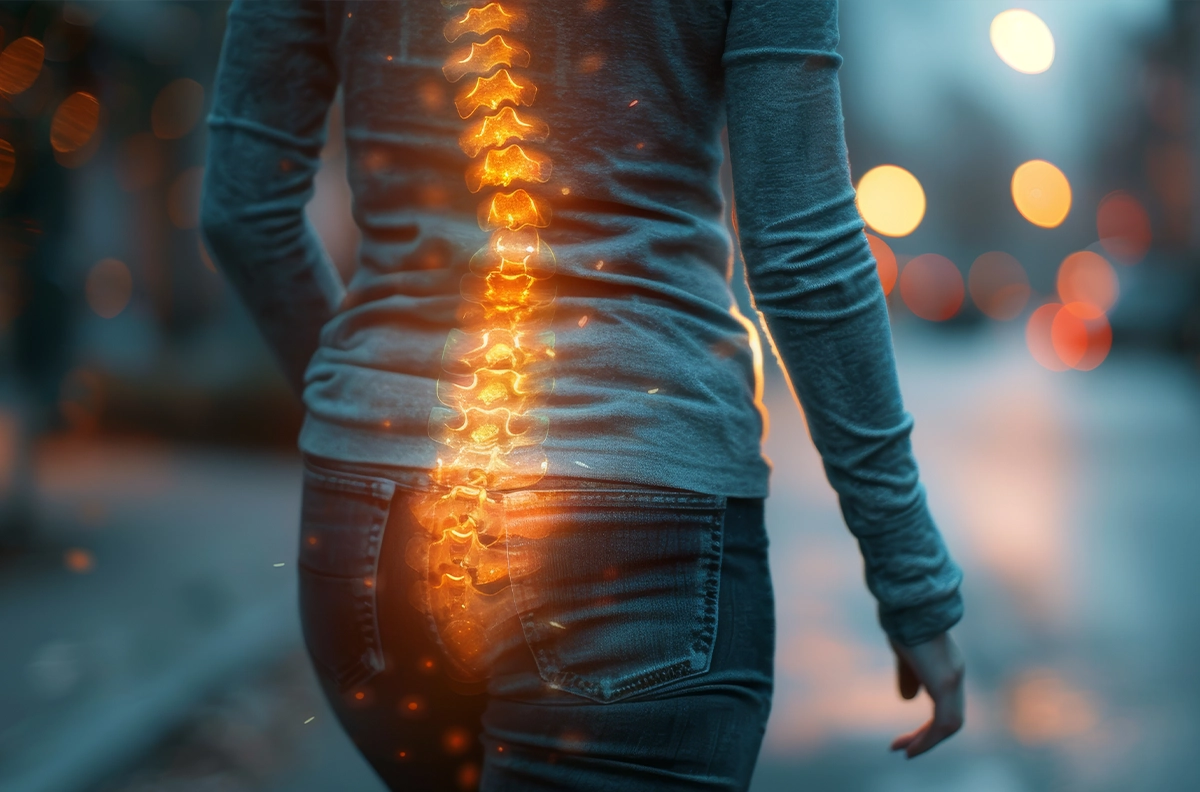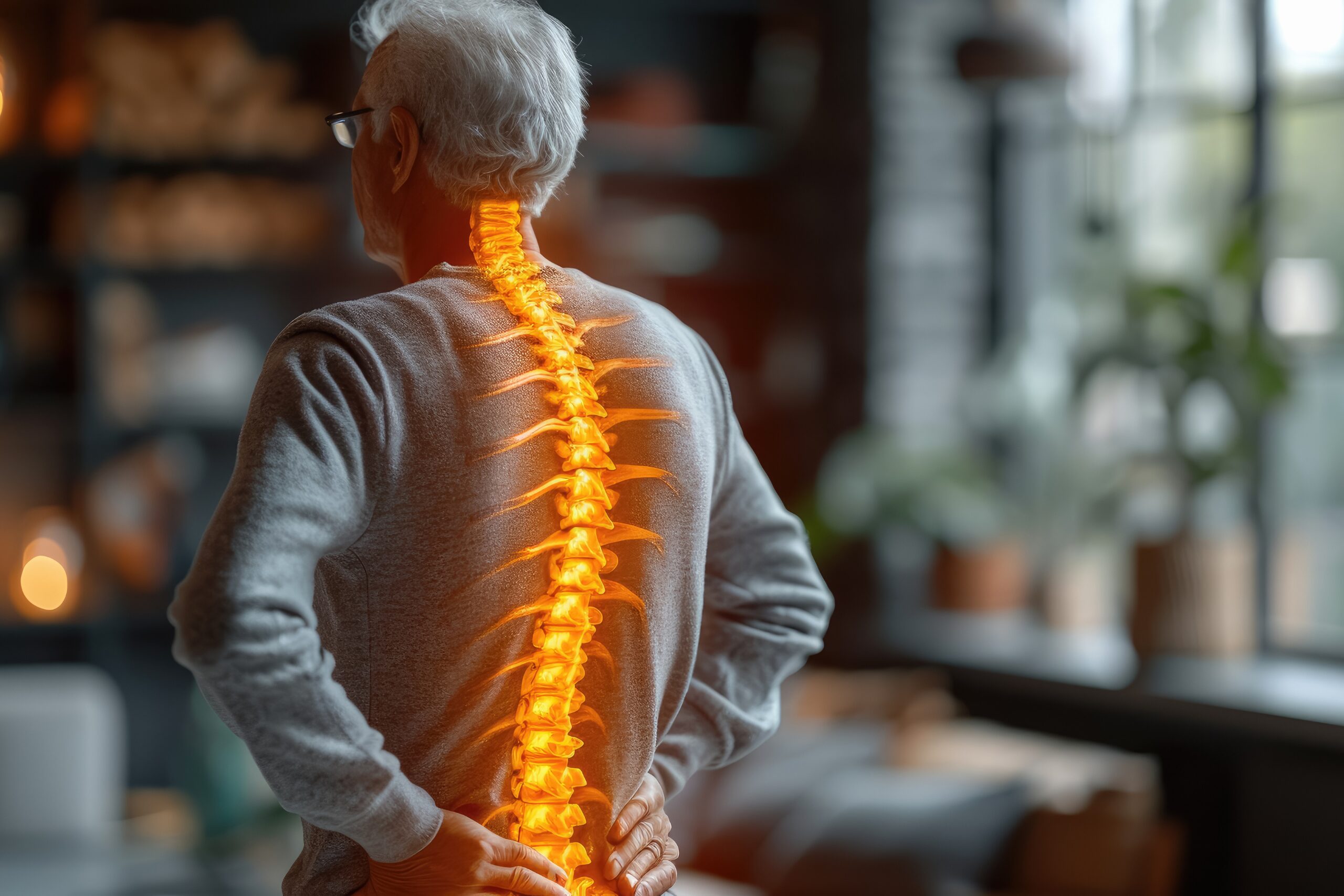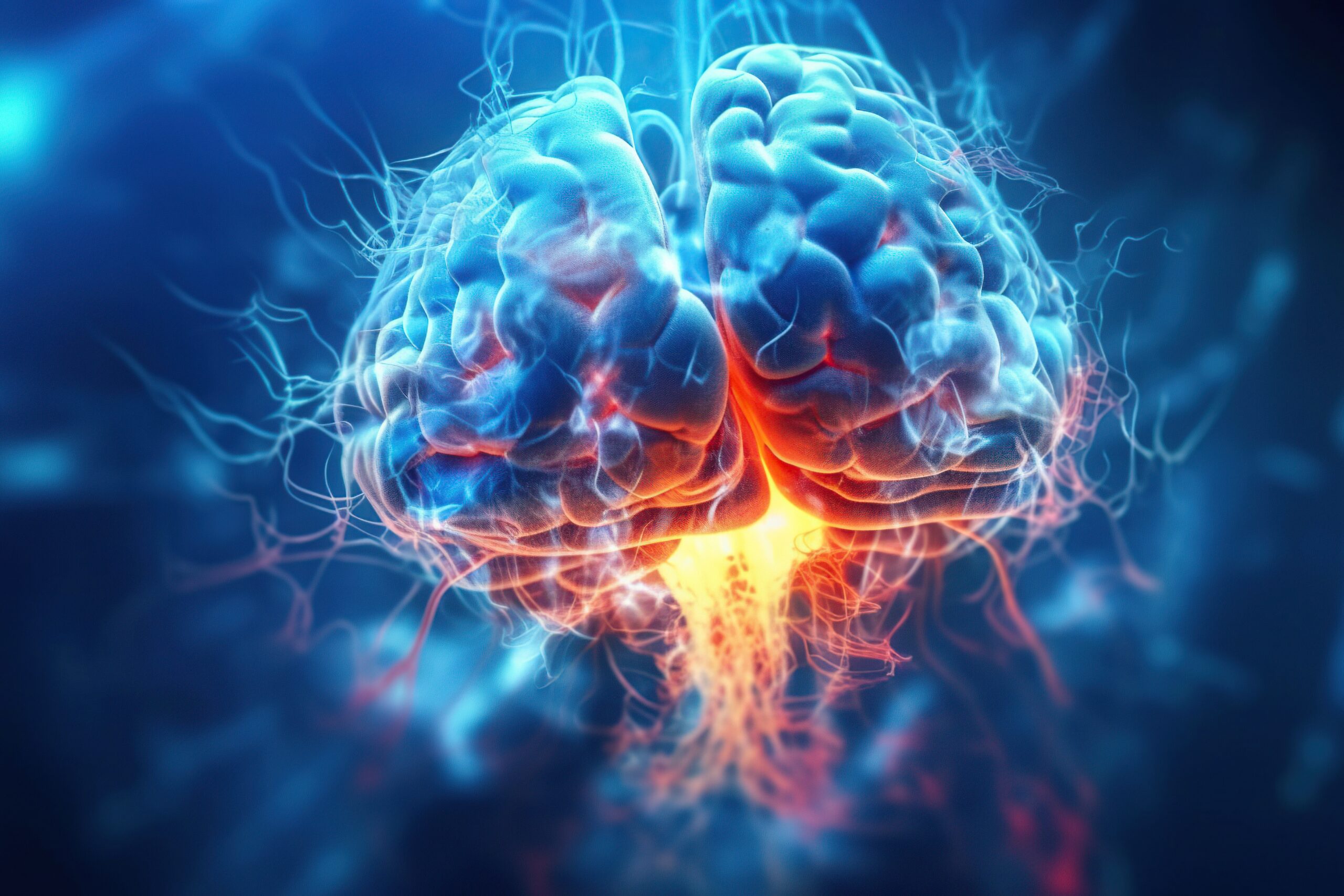Op. Dr. Tahsin SAYGI
Spinal Fracture (Spinal Fracture) Definition, Causes, Symptoms and Treatment Methods
Our spine, one of the most important parts of our skeletal system, not only carries our body weight, but also contains the spinal cord, one of the important structures of the central nervous system. The spine is formed by stacking bones called vertebrae on top of each other. In other words, vertebrae are the basic building blocks of the spine. The spine consists of a total of 33 bones, 24 of which are mobile and 9 of which are immobile. Each of the mobile bones is called a vertebra. The immobile bones are the sacrum and coccyx. Of the 24 vertebrae, 7 are located in the neck (cervical), 12 in the back (thoracic) and 5 in the lower back (lumbar). The sacrum consists of 5 segments and the coccyx of 4 segments, but there is no movement between these segments, so that the sacrum and coccyx can be considered as a combination of several vertebrae. Between the vertebrae there are structures consisting of cartilage and connective tissue called intervertebral discs, which act as shock absorbers. Intervertebral discs provide a balanced transfer of the load between the vertebrae and increase the flexibility of the spine by increasing the mobility between the vertebrae. When the vertebrae are stacked on top of each other, a canal is formed between them. Through this canal passes the nerve tissue called the spinal cord, which is part of the central nervous system. The spinal cord transmits electrical signals from the brain to other parts of the body and transmits impulses in the body to the brain in the form of electrical signals. Fracture of one or more of the vertebrae that make up the spine due to any reason (trauma, infection, osteoporosis, tumour, etc.) is called spinal fracture. If the fracture is in the neck, it is called a cervical fracture, if it is in the back, it is called a thoracic fracture, if it is in the back, it is called a lumbar fracture, if it is in the waist, it is called a sacral fracture if it is in the sacrum, and if it is in the coccyx, it is called a coccygeal fracture.
When excessive force is applied to the spine, dislocations occur when the intervertebral ligaments tear and the vertebrae move out of their normal position. If the vertebrae are also fractured, this is called a fractured dislocation. Such injuries often cause serious spinal cord injuries and may require urgent surgical intervention.


Diseases that can be confused with spinal fracture
Schmorl’s nodule, which can be found in most people, can sometimes be advanced and can create an appearance resembling a spinal fracture. Os odontoideum, spina bifida and atlas arch anomalies are congenital conditions and can be confused with spinal fracture. The biggest distinction here is clinical. A person with a spinal fracture will also have pain, but congenital conditions and Schmorl’s nodule do not cause pain. Therefore, in such cases, the diagnosis can be easily made by examination and radiological imaging.
Recovery after spine fracture surgery
- The recovery process after spinal fracture or surgery varies individually. Patients usually start physiotherapy early after surgery and gradually return to their daily activities. The recovery process varies depending on the patient's age, general health, the severity of the fracture and the treatment.
Spine Fracture Surgery Prices
Spinal Fracture surgery prices may vary depending on the treatment method, the location of the hospital and the experience of the doctor. Patients are advised to contact the relevant health institutions to get detailed information about the cost and to evaluate the health insurance coverage.









